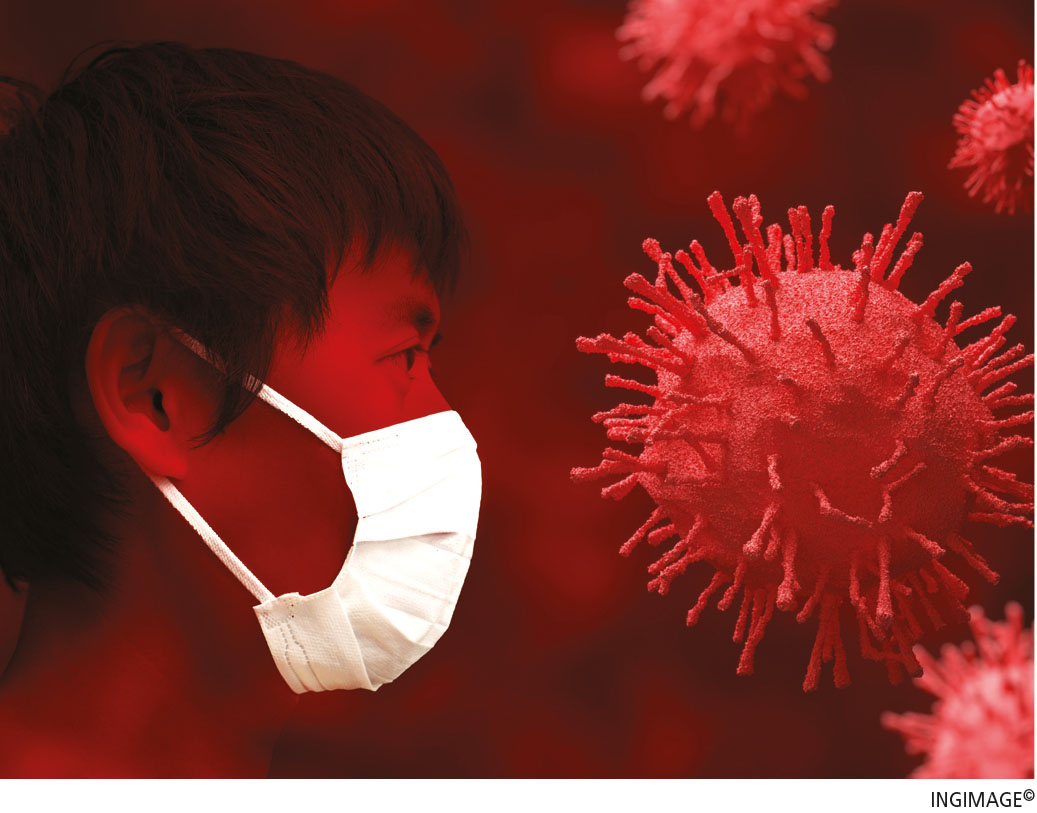EXECUTIVE HEALTH
SURVIVING COVID-19
BY Dr. Sanjiva Wijesinha
The dangerous COVID-19 pandemic has affected not only Sri Lanka but the entire world as well and brought all of us to a virtual standstill. This coronavirus is responsible for a dangerous infectious disease that affects the airways and lungs in human beings.
In fact, the coronavirus family can cause many respiratory infections such as the common cold in addition to being responsible for the SARS and MERS epidemics (of 2003 and 2012 respectively).
We understand that this particular virus, which causes COVID-19, originated in the Chinese province of Hubei late last year. It then spread rapidly throughout the world and has infected millions of people and killed tens of thousands globally – mostly in the US, the UK, Italy, Brazil, France and Spain.
This virus is transmitted by tiny particles of moisture (called droplets) that are coughed or sneezed by someone harbouring it (even if that person is an asymptomatic carrier who isn’t showing any signs of the disease). These virus containing droplets, which can be inhaled by other people, infect their airways.
Air contaminated by the sneeze or cough of an infected person teems with viruses. They can also be transmitted by an infected person who coughs into his or her hands and then touches someone else. Objects such as doorknobs, buttons in elevators or supermarket trolleys – if previously touched by an infected person – can transmit the virus to others.
Viruses in moisture droplets can survive for varying periods of time. This particularly virulent coronavirus can survive outside the body from three to 72 hours depending on the surface on which it lands.
While a patient harbouring the influenza virus will infect on average one other person every day, a person carrying the COVID-19 virus can infect as many as three people a day.
And unlike regular pneumonia that’s caused by bacteria, which respond to antibiotics, pneumonia resulting from a virus (for which we don’t have antibiotics) can’t be cured by any of the present medications. All that can be done for patients with COVID-19 pneumonia is to intubate them and nurse them in an ICU using a ventilator that breathes for them until their bodies naturally recover from the infection.
The good news about COVID-19 is that about 80 percent of people who contract the virus recover without needing any special treatment. Conversely, the bad news is that around one person in six becomes seriously ill and develops severe breathing difficulties, due to the virus entering his or her lungs and causing pneumonia.
People over 65 and those with preexisting conditions such as diabetes, heart disease and emphysema are at serious risk of contracting COVID-19. The typical symptoms indicating that you may have contracted the disease are high fever, tiredness, a persistent dry cough and breathlessness.
However, displaying such symptoms doesn’t necessarily mean you’ve contracted COVID-19; More dangerously on the other hand, you could be asymptomatic and unknowingly harbour the virus without displaying any of these symptoms.
Since prevention is better than cure, we need to practise physical distancing – i.e. by maintaining a distance of at least 1.5 metres from other people. This is more than the distance droplets can travel. We shouldn’t shake hands, or touch or hug others because physical greetings can transmit the virus.
We must also regularly wash our hands with soap and water, and cover our mouth and nose with an elbow (not an open palm) when we cough.




